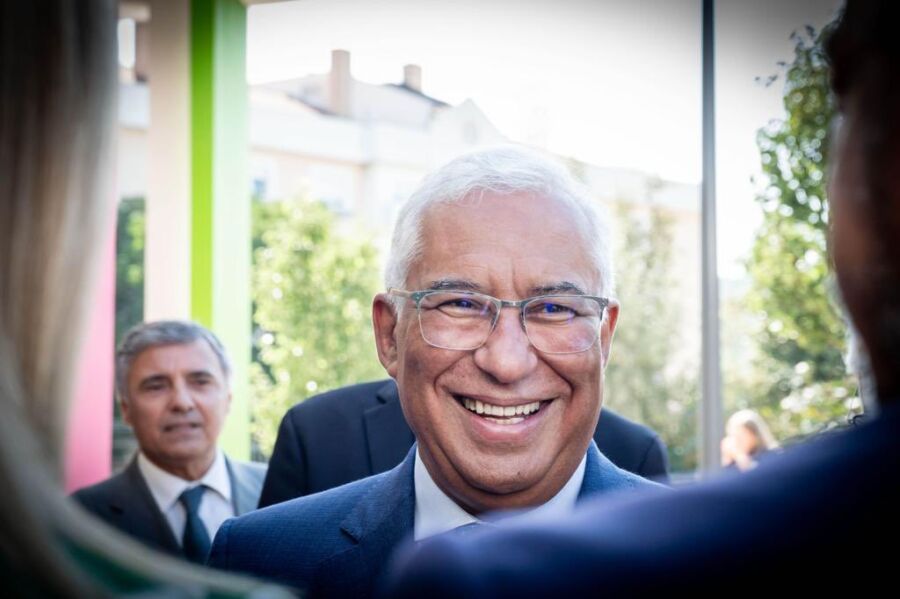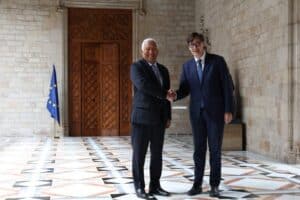Costa tells German chancellor: “natural gas today, tomorrow green hydrogen”….
Bullish PM António Costa has wasted no time responding to the admission by German chancellor Olaf Scholz that there should be a gas pipeline running from Portugal all the way into Northern Europe.
Within hours of Mr Scholz voicing his opinion, Mr Costa was tweeting: “Germany can count 100% on Portugal’s commitment to constructing a gas pipeline. Today for natural gas, tomorrow for green hydrogen”.
Just as former head of diplomacy Augusto Santos Silva outlined in February, Sines will be geared up to act as a “logistical platform to accelerate the distribution of LPG (liquified petroleum gas) to Europe – and so reduce the anathema of reliance on Russia.
According to the PM today, the Portuguese route of the pipeline “has already been well defined” with “very advanced work”.
Talking to journalists during a visit to a daycare centre in Amadora, he said: “We have the work very advanced: it is about, I think, 160 kilometres between Celorico da Beira and the border point where we tie up with the Spanish network”.
There have been doubts expressed about the environmental impact the route might have, but it has been “carefully defined” to protect “environmental values”, particularly in crossing the very sensitive area of the Douro Valley.
The PM added that “this interconnection between the Iberian Peninsula and the rest of Europe is an old ambition” of Portugal, which has never before overcome resistance from other countries, particularly France which previously expressed concerns over the environmental impact of the pipeline crossing the Pyrenees.
French resistance “greatly delayed” progress, but the European Commission is now considering a new route to create energy interconnections between the Iberian Peninsula and the rest of Europe without passing through France, he said.
“The European Commission has put the possibility on the table that, if it is not possible to overcome the blockage with France, the pipeline could have a direct connection from Spain to Italy, to reach the centre of Europe via Italy and not via France,” he said.


























